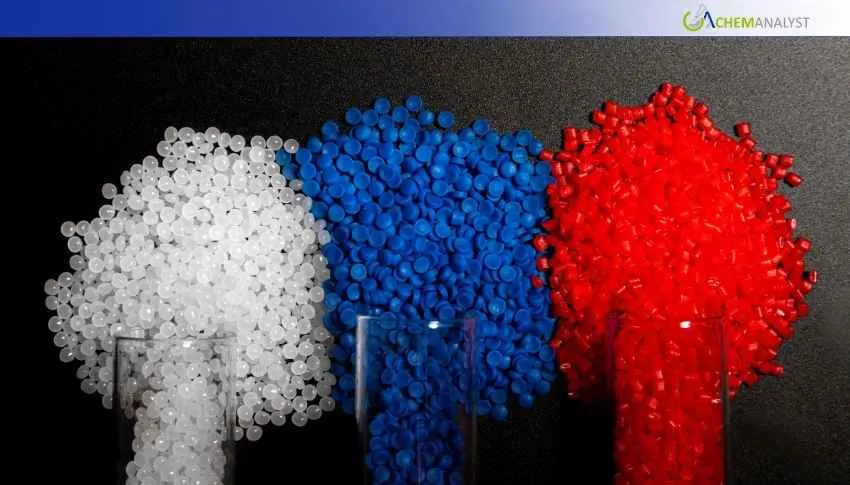Welcome To ChemAnalyst

Acrylonitrile Butadiene Styrene (ABS) prices in Asia continued to show weakness during the mid-August 2025, as oversupply and lacklustre downstream demand weighed heavily on the market.
On the supply side, domestic production levels remained elevated. The abundance of supply created loose market conditions, leaving little support for ABS spot prices. After the restart of the Dalian Hengli plant and the completion of pipeline operations at Tianjin Dagu, industry operating rates stabilized in the first half of August. Weekly output averaged nearly 140,000 tons, while industry inventories hovered at approximately 220,000 tons, a relatively high level. Market participants indicated that while inventories are currently under control, the possibility of higher plant loads in coming weeks could add further downward pressure in ABS market.
The ABS market saw limited relief from upstream cost trends. Around mid-August, prices of essential feedstocks, acrylonitrile, butadiene, and styrene, either dipped or showed volatility, diminishing cost-based support for ABS manufacturers. The butadiene market showed brief improvement due to maintenance at Fushun Petrochemical and firmer downstream rubber demand, but incoming port arrivals kept the supply picture loose. Styrene, meanwhile, fell back into a downtrend, with rising production in Shandong offsetting tighter benzene supply. Additionally, Acrylonitrile output remained ample despite reduced utilization rates, with Jilin Chemical’s new capacity adding to the oversupply situation. Overall, raw material volatility failed to provide the cost push needed to support ABS values.
In terms of demand, ABS consumption remained subdued during the usual off-season. Downstream factories, including those producing electrical casings, further reduced their operating schedules in mid-August, shrinking buying appetite. Elevated stock levels coupled with subdued consumer activity further highlighted the vulnerability of ABS demand. Terminal industries maintained cautious procurement amid weak macroeconomic signals and sluggish external markets, leading to slower circulation of goods. End-user demand largely came from supplementary orders, with no substantial restocking activity.
In summary, the mid-week of August saw ABS prices pressured by abundant domestic supply, unstable raw material costs, and subdued downstream demand. Market participants highlighted that the ongoing tug-of-war between supply, demand, and costs has led to narrow price fluctuations rather than any significant recovery.
As per ChemAnalyst, with oversupply conditions prevailing and demand offering little support, analysts expect the ABS market to continue consolidating at weak levels in the short term. Unless a significant shift occurs in either consumption or cost fundamentals, the ABS market is expected to maintain its weak and stable consolidation trend through late August.
We use cookies to deliver the best possible experience on our website. To learn more, visit our Privacy Policy. By continuing to use this site or by closing this box, you consent to our use of cookies. More info.
